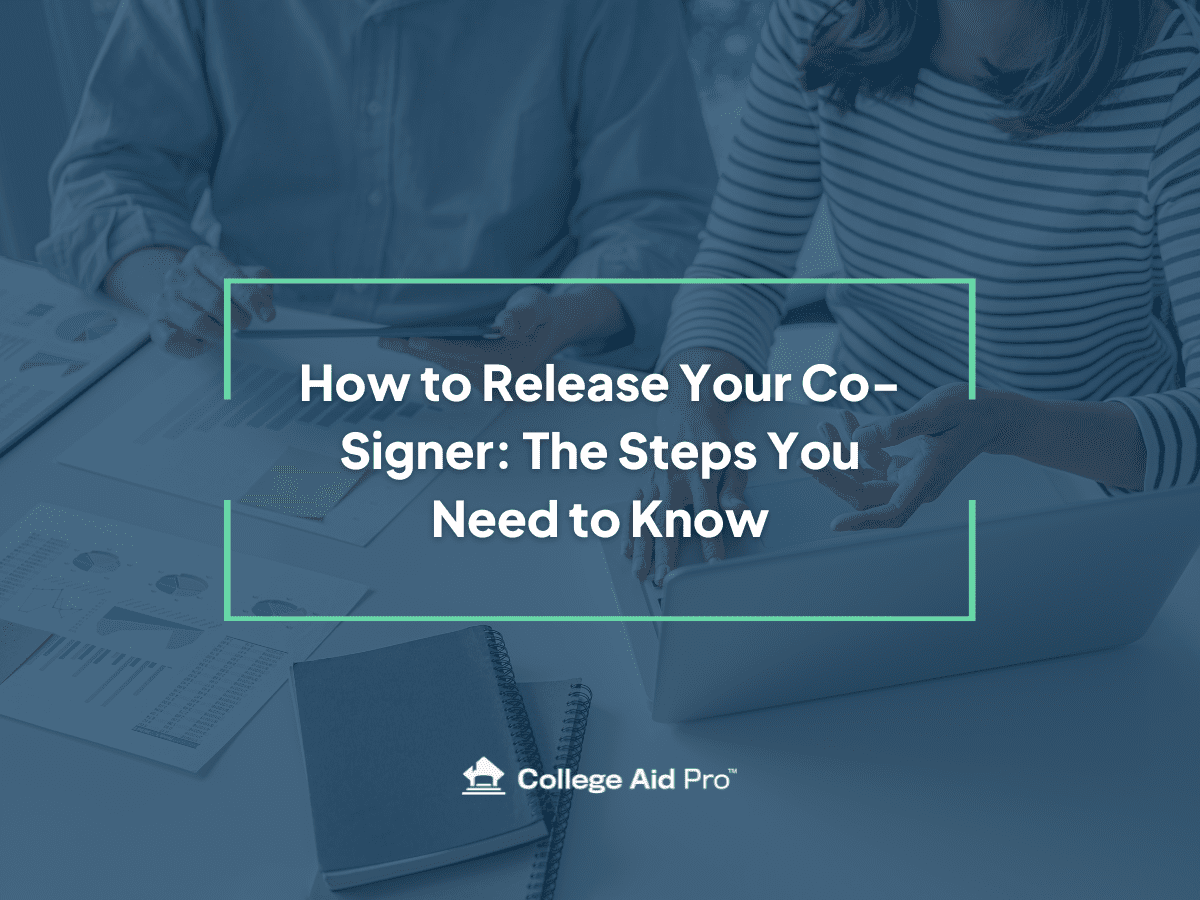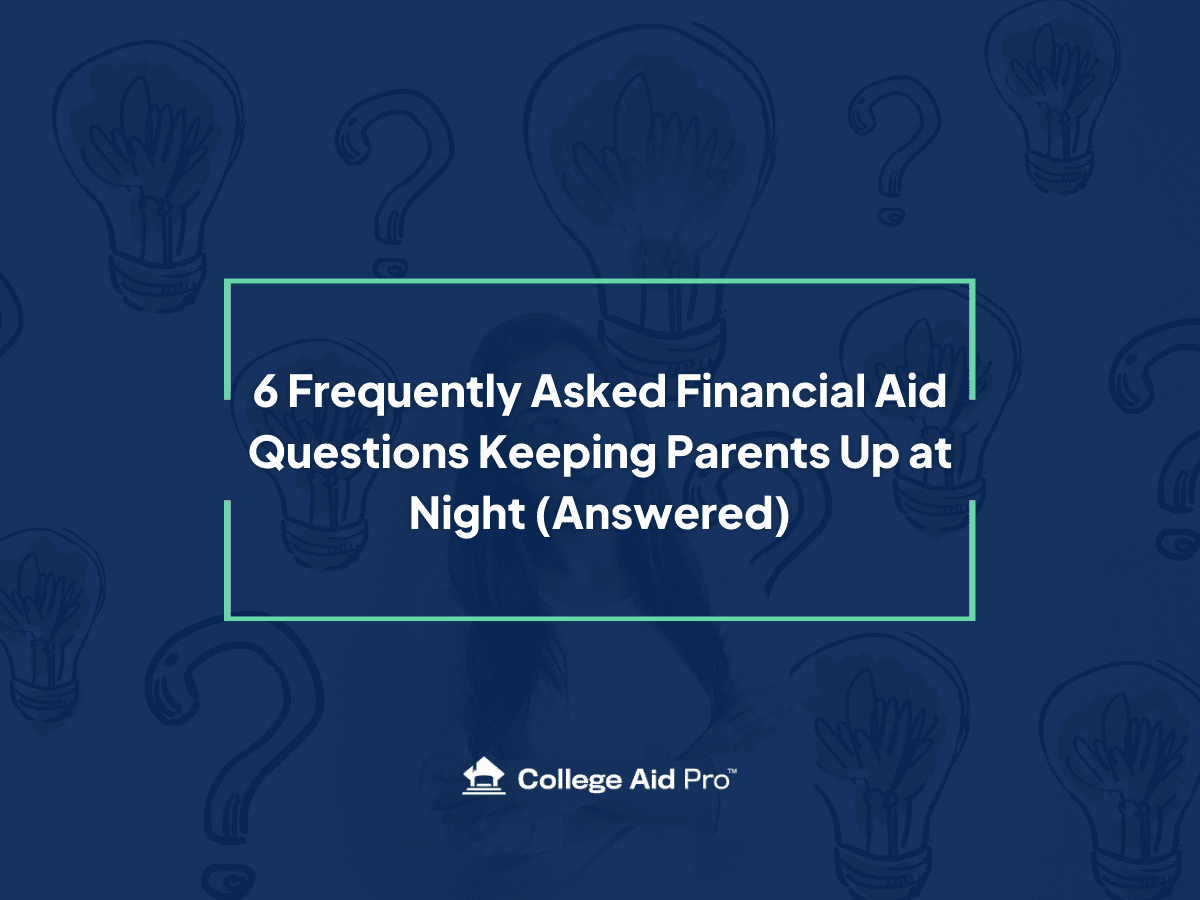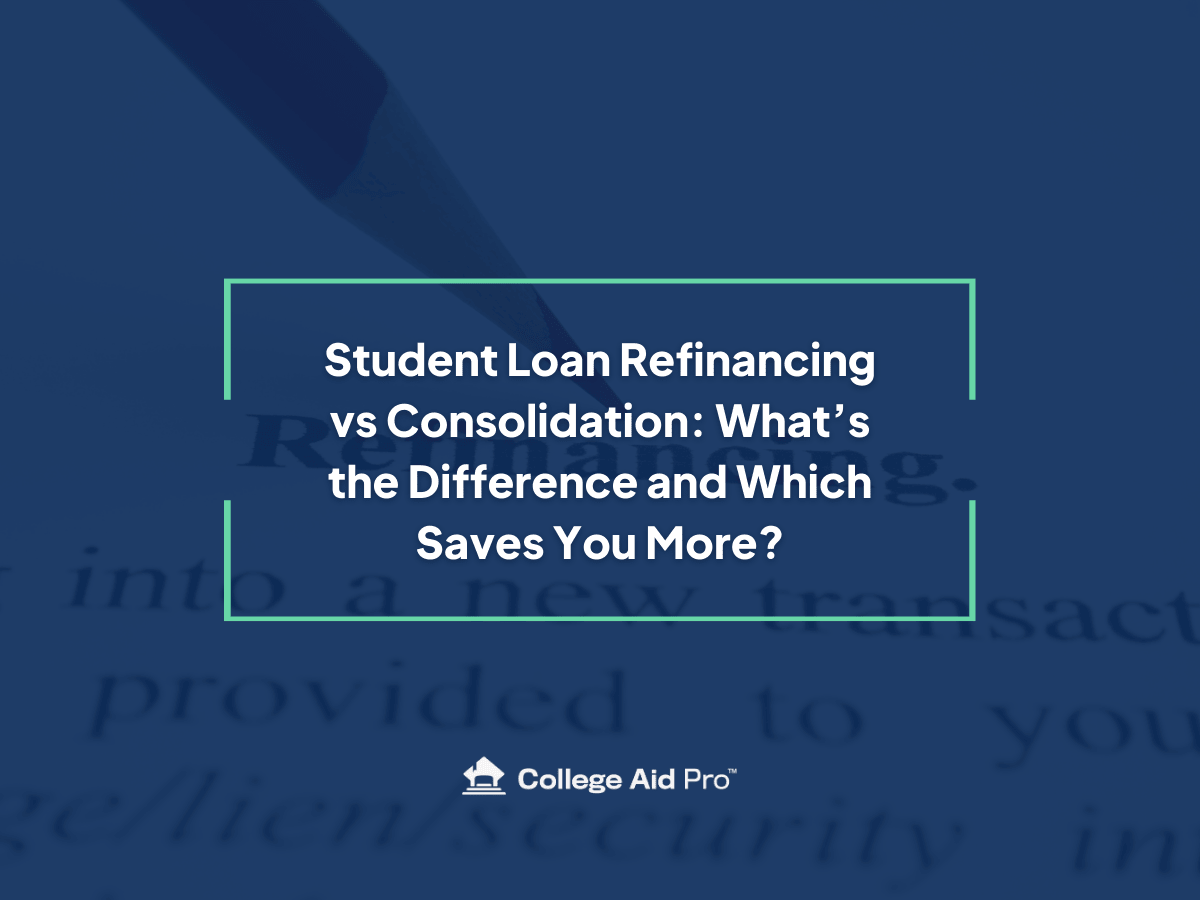How to Release Your Co-Signer: The Steps You Need to Know
If you’ve taken out a private student loan, chances are you needed a co-signer to get approved—especially if you had little or no credit history. But what happens once you’ve built up financial independence and want to take full responsibility for your loan? That’s where co-signer release comes in.
You might be wondering questions like…
What is co-signer release on a student loan?
How do I remove my co-signer from my student loan?
This blog will walk you through everything you need to know, from the eligibility requirements to the step-by-step process, including insights into how private lenders like Ascent make it easier to release a co-signer.
What Is a Co-Signer Release on Your Student Loan?
Co-signer release is a process that allows a borrower to remove their co-signer—often a parent or guardian—from the student loan agreement. This release relieves the co-signer of any legal obligation to repay the loan if the borrower defaults.
This can be a major relief for co-signers who want to reduce their financial liability or improve their own credit profile. For borrowers, it’s a milestone that often comes after proving financial responsibility and the ability to repay the loan independently.
Why Co-Signer Release Matters
Releasing your co-signer has several benefits for both parties:
- Financial independence: You’re showing lenders and credit bureaus that you can manage your debt alone.
- Improved credit for co-signers: Your co-signer’s debt-to-income ratio improves once they’re released, which could help them qualify for other loans or credit.
- Peace of mind: Both you and your co-signer can feel more secure knowing that the loan is now fully your responsibility.
Step-by-Step: How to Release Your Co-Signer
While every lender may have slightly different procedures, the general steps for co-signer release typically look like this:
Step 1: Review Your Loan Terms
Start by checking your loan agreement or logging into your loan servicer’s portal to see if co-signer release is even an option. Not all lenders offer it. Fortunately, some private lenders—like Ascent—make the process transparent and attainable.
Step 2: Meet the Eligibility Requirements
Before applying for co-signer release, you usually need to meet a few key criteria:
- Make on-time payments for a specific period (typically 12 to 48 consecutive months).
- Demonstrate sufficient income and employment history.
- Pass a credit check to show you can qualify for the loan on your own.
- Have no recent bankruptcies or delinquencies.
Ascent, for example, allows co-signer release after just 24 consecutive on-time principal and interest payments, making it more attainable than other lenders with longer timelines.
Step 3: Submit a Co-Signer Release Application
Once you meet the criteria, you can fill out a co-signer release application. This usually involves:
- Verifying your identity and loan account.
- Providing income documentation (pay stubs, tax returns, etc.).
- Agreeing to a credit check.
Step 4: Wait for Approval
After you submit your application, the lender will review your creditworthiness and payment history. This process can take a few weeks. If you’re approved, the co-signer will be officially removed from the loan agreement.
If you’re not approved, most lenders will let you know why and what you can do to qualify in the future—like improving your credit score or reducing other debts.
How Private Lenders Support Co-Signer Release
Many private lenders now recognize the importance of co-signer release and have built policies to make it easier. Here’s how some, like Ascent, stand out:
- Transparent policies: Ascent clearly outlines its co-signer release requirements and doesn’t hide the fine print.
- Shorter payment windows: While other lenders require 36 or even 48 months of payments, Ascent allows release after 24 months.
- No fees: There’s typically no fee to apply for co-signer release.
- Flexible credit review: Ascent considers both your credit history and your current financial situation.
👉 Click Here to Get Your Rate from Ascent
This kind of support can make a big difference for borrowers looking to take full control of their student debt. Compare all Private Lenders here.
Tips to Help You Qualify for Co-Signer Release
If you’re aiming to release your co-signer, here are a few strategies to boost your chances:
- Make automatic payments: This reduces the risk of late payments and demonstrates responsibility.
- Build your credit score: Use credit cards wisely, pay off other debts, and avoid hard inquiries.
- Increase your income: Take on side gigs, promotions, or new jobs to raise your income-to-debt ratio.
- Stay in touch with your lender: Ask for updates on your eligibility and get prequalified if possible.
What If Your Lender Doesn’t Offer Co-Signer Release?
If your current lender doesn’t offer co-signer release—or if you’ve been denied—you have other options:
- Student loan refinancing: Refinance the loan in your name only. This pays off the original loan and creates a new one without a co-signer.
- Loan consolidation: If you have multiple loans, consolidating them might make the process more manageable (though this doesn’t guarantee co-signer removal).
Just be aware that refinancing can affect your interest rates and loan terms, so always read the fine print.
Choosing the Right Student Loan for You — With Co-Signer Release in Mind
Now that you understand the importance and process of co-signer release, it’s time to think strategically about your borrowing choices—especially if you’re still in the early stages of funding your education or considering refinancing options. Choosing the right student loan upfront can make it much easier to remove your co-signer down the road.
Here’s a simplified guide to help you make informed borrowing decisions that support your long-term financial independence:
Always start with Federal Direct Student Loan (FDSL) . These typically offer lower fixed interest rates, flexible repayment plans, and borrower protections. For undergraduates, Federal Direct Loans can cover up to $5,500 your freshman year, increasing slightly in later years. These loans don’t require a co-signer, which means you’re already in full control from day one. After that, it’s time to compare private lenders and PLUS loans to see which makes the most financial sense for your family. Consider starting your comparison with these top private lenders.
Step 1: Apply through College Ave to get your rate.
- Apply in 3 Minutes
- Soft Credit Pull
- Reputation for rewarding high FICO scores
Step 2: Apply through Sofi Student Loans to get your rate.
- Apply in minutes
- Soft Credit Pull
- Reputation for rewarding high FICO scores
Step 3: Check Your Rate with Ascent Student Loans
- Soft Credit Pull
- Apply in Minutes
- Updated Lowering Pricing/Rates as of July 1, 2025.
- Co-signer Release after 12 months
- Dedicated College Aid Pro Support Line
- 📧 Email: capsupport@ascentfunding.com
- ☎️ Phone: 877.685.5780
Step 4: Stack Up Offers Against Federal PLUS Loans & State Programs
Even with competitive private rates, it’s important to compare your final offers to federal and state-specific loans. State options in Massachusetts, Rhode Island, and Iowa offer additional choices to residents of any state.
Parent PLUS Loan rates have are just under 9% for all borrowers, plus a 4% origination fee. For some, private loans will be a better option. Follow these steps above and you’ll get a view of the loan rates and terms available to your family so you make an informed, thoughtful borrowing decision.
Final Thoughts
Co-signer release is a significant milestone on your journey to financial independence. It’s a win-win for both you and your co-signer, and with the right planning, it’s well within reach.
If you’re asking, “What is co-signer release on a student loan?”—now you know it’s more than a technical process. It’s a powerful financial move. And with private lenders like Ascent offering clear and borrower-friendly paths, there’s never been a better time to explore your options.



